High-Output T5 Confusion
yucatan
14 years ago
Related Stories

GREEN BUILDINGLet’s Clear Up Some Confusion About Solar Panels
Different panel types do different things. If you want solar energy for your home, get the basics here first
Full Story
LIGHTINGThe Lowdown on High-Efficiency LED Lighting
Learn about LED tapes, ropes, pucks and more to create a flexible and energy-efficient lighting design that looks great
Full Story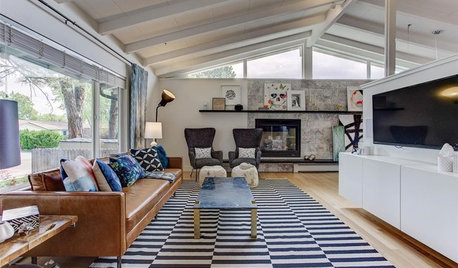
MOST POPULARHow High Should You Mount Your TV?
Today we look at an important question to consider when locating your television: How high should you set it?
Full Story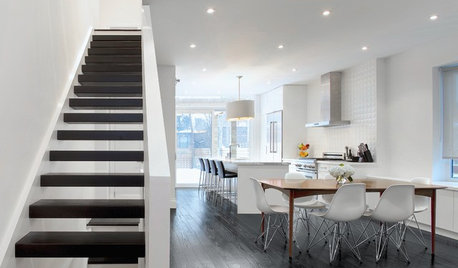
HOUZZ TOURSMy Houzz: High End Meets Budget Friendly in Toronto
Splurging selectively and saving elsewhere, a Canadian family gets a posh-looking home that matches their vision
Full Story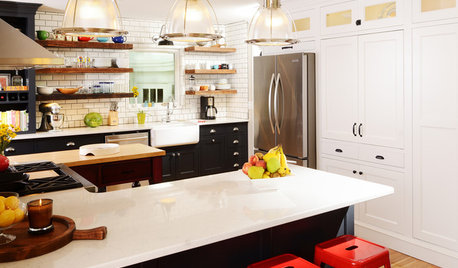
KITCHEN DESIGNKitchen of the Week: High Function and a Little Secret in Missouri
There’s plenty of room for cooking and a hidden feature too in this flexible, family-friendly kitchen
Full Story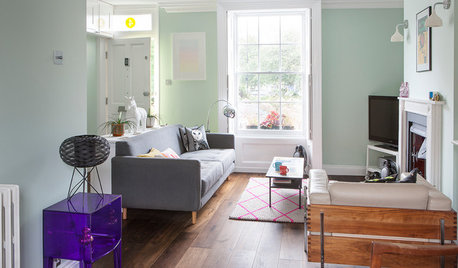
ECLECTIC HOMESHouzz Tour: High-Low Mix in a Colorful Victorian
An unloved house is transformed into a cheerful, versatile home with a blend of design classics, budget pieces and treasured finds
Full Story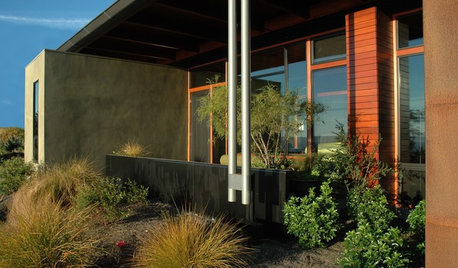

HOUZZ TOURSHouzz Tour: A Seattle Home Reaches for High Sustainability
Tapping into rainwater, sunlight and natural ventilation, a Washington state home gets both green cred and a gorgeous look
Full Story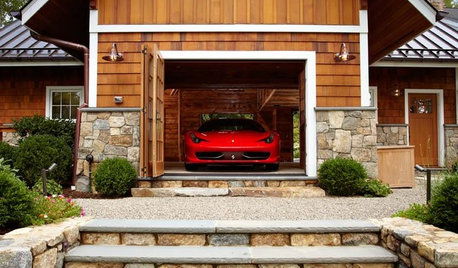
DREAM SPACESA Car Lover's Man Cave Kicks Into High-Luxury Gear
Fast cars, fine wines and a high-tech bathroom elevate this backyard outpost to the realm of dream space
Full Story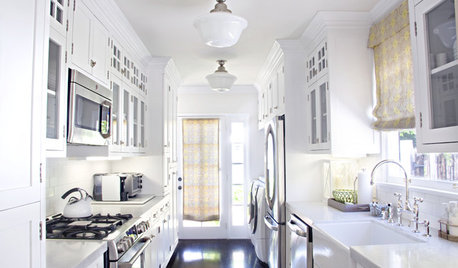
LIGHTINGWhy It’s High Time to Reconsider Flush-Mount Lights
Look past your negative perceptions and see how versatile these lights can be
Full StorySponsored
Columbus Design-Build, Kitchen & Bath Remodeling, Historic Renovations
More Discussions






penfold2
yucatanOriginal Author
Related Professionals
Canton Landscape Architects & Landscape Designers · South Elgin Landscape Architects & Landscape Designers · Middletown Landscape Contractors · Norwood Landscape Contractors · Addison Landscape Contractors · Brockton Landscape Contractors · Hawaii Landscape Contractors · Kettering Landscape Contractors · Alexandria Fence Contractors · Bellevue Fence Contractors · Chesterfield Fence Contractors · Fountain Fence Contractors · Ridgefield Park Fence Contractors · Clarksville Roofing & Gutters · Wood Dale Roofing & Gutterspenfold2
yucatanOriginal Author
urbangardenfarmer
penfold2
yucatanOriginal Author
penfold2
struwwelpeter
penfold2
yucatanOriginal Author
penfold2
yucatanOriginal Author
struwwelpeter
penfold2
struwwelpeter
yucatanOriginal Author
penfold2
struwwelpeter
struwwelpeter
struwwelpeter
penfold2
struwwelpeter
urbangardenfarmer
taz6122
urbangardenfarmer
yucatanOriginal Author
struwwelpeter
urbangardenfarmer
yucatanOriginal Author
yucatanOriginal Author
taz6122
xmaslightguy
sageman
Mayur Rastogi
Michael Piccirillo